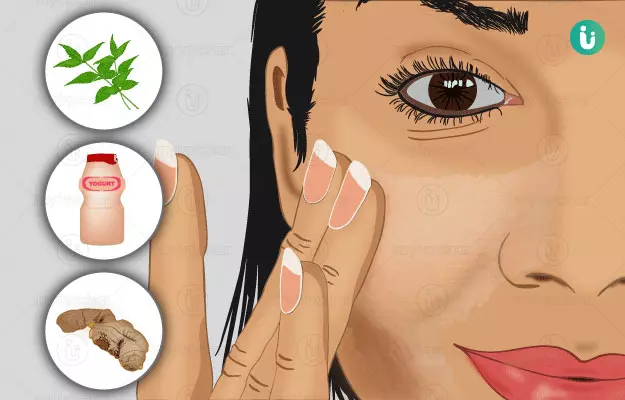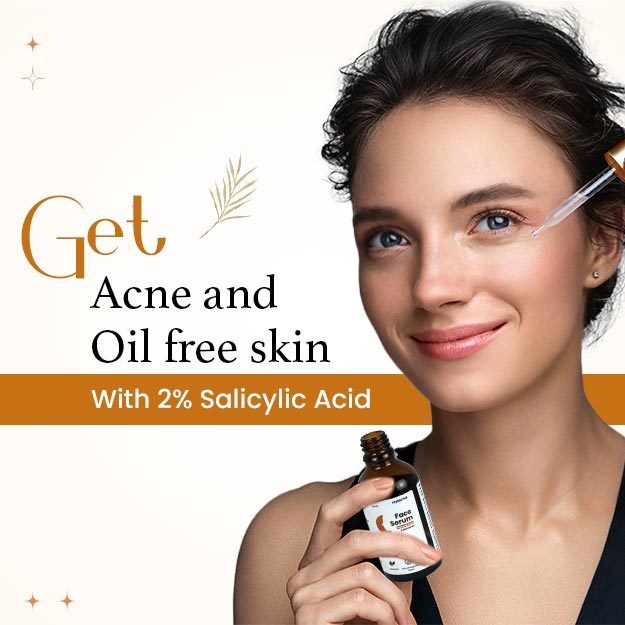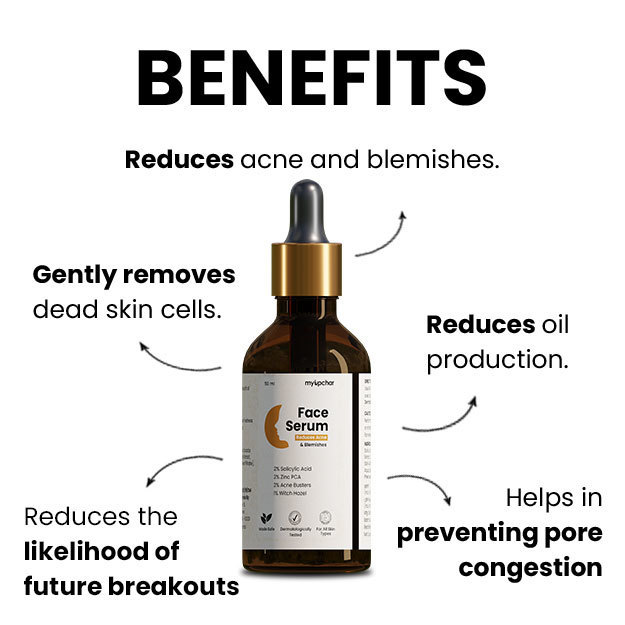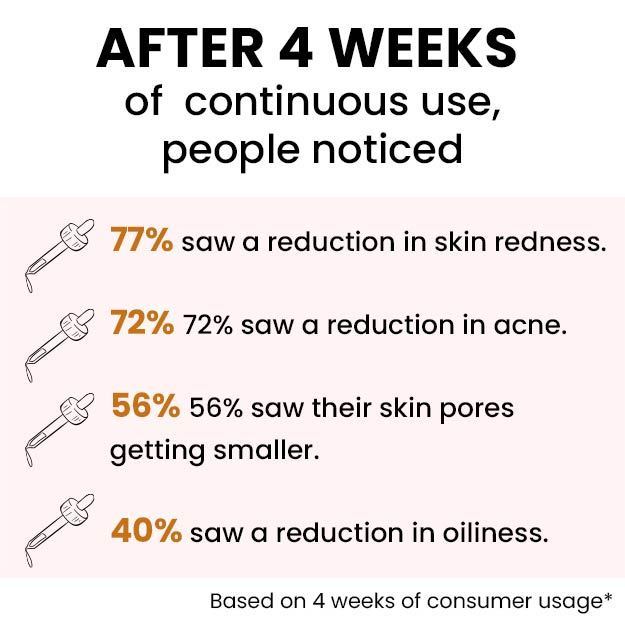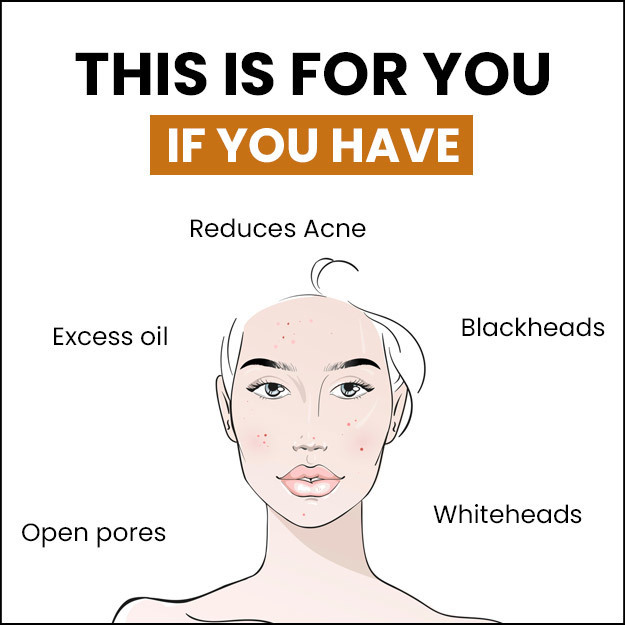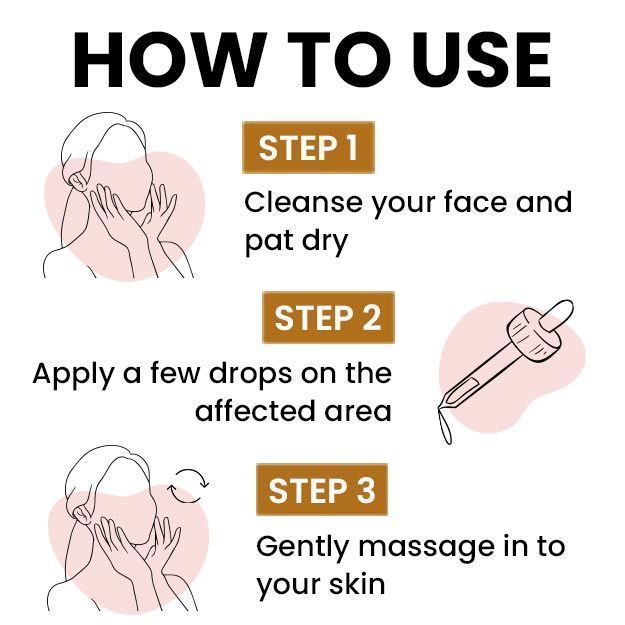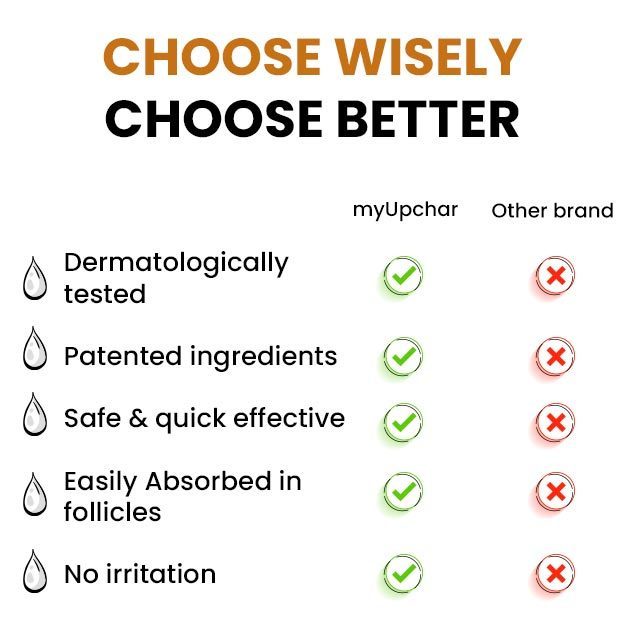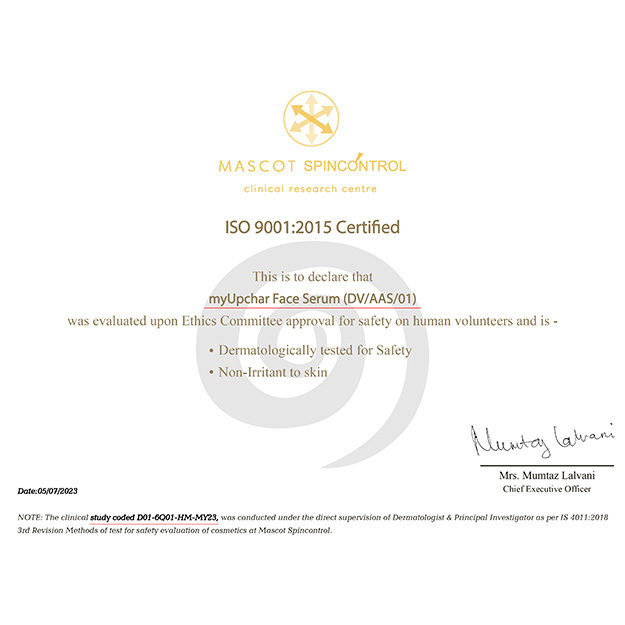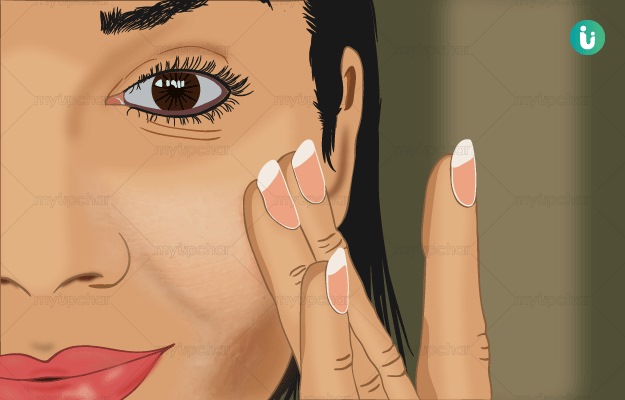Routine care is pretty important to manage skin health and to keep your skin looking young and glowing. Despite that, various lifestyle habits and physiological conditions put constant stress on your skin, making it gradually lose its moisture and nutrients. The former being one of the most common skin problems across age and gender.
Dry skin can be really annoying when it appears in the form of scaling, itchiness and rough patches and heaven forbids if you ignore it, it would show its wraths as painful and bleeding cracks. The best way to keep it from going down to that level is using a moisturiser or an emollient that suits your skin and keeps the moisture locked in.
But what causes dry skin?
Well, a number of things could be responsible for this condition, the most common being harsh soaps and missing on your moisturising routine. However, it may also be the effect of certain medications and health conditions like diabetes and kidney diseases. Dry skin may also point to skin conditions like eczema and psoriasis and it could also be a sign of ageing. The first and almost a reflex response to dry skin is home remedies. Put a bit of this and that and you are good to go. Moisturisers may help in the short term but it is essential that you rule out any underlying condition before trying for a remedy at home. However, if you have done that already, there is a plethora of remedies you can make for yourself. They are easy and fun and also provide you with a glowing and lively looking skin apart from assisting you in alleviating the existing condition.
If you want to know more about these, read on!
Home remedies for dry skin
Now you have an idea about what exactly causes your skin to lose its moisture and look dry and chapped. By following these easy home remedies you can beat skin dryness and say goodbye to itchy and scaly skin:
Oils for reducing dry skin
After moisturisers, oils are probably the first thing that comes to mind when we talk about dry skin remedies. Apart from replenishing the lost moisture of the skin, natural oils also act as anti-inflammatory and antioxidants thus helping you fight off skin ageing and inflammation.
And the best part is there are a number of oils that can help you do that. Let us have a look at them one by one along with the scientific studies that confirm their usefulness.
Coconut oil
It would be wrong to start a skin care list with any other oil. Coconut oil is the best moisturiser you can provide your skin with, it ranks next to olive oil in its lipid penetration properties and also improves skin barrier function. This means that your skin would be able to take up and retain more water to the deeper layers which would make it look more soft, supple and healthy. This is because of the presence of long chain and essential fatty acids in coconut oil.
If ageing is what is causing your skin to lose its precious moisture, coconut oil has a solution. Enriched with antioxidants, it reduces metabolic stress to your skin and helps rejuvenate and heal it quickly.
Sunflower oil
If coconut oil is a boon to your skin, even sunflower oil doesn’t lag behind. Research evidence suggests that the oil obtained from sunflower seeds enhances skin barrier, thereby reducing water loss from your skin. Furthermore, linoleic acid present in it reduces inflammation by activating certain receptors, making sure that you do not suffer from dry skin due to skin inflammatory conditions like eczema. It is even safe for babies.
Almond oil
Just like the previous two, almond oil is an emollient as well which makes the skin look more supple and smooth. In fact, it is an age-old remedy used for the treatment of dry skin conditions. Being a rich source of vitamin E it is a perfect anti ageing treatment, thus reducing another risk factor of dry skin. It further protects your skin from UV damage and helps maintain the skin structure.
Other oils like castor oil and jojoba oil also have scientifically proven emollient properties. Canola oil has been found to reduce skin irritation caused due to sodium lauryl sulphates, present in some detergents.
How to use: Using oils is quite easy for relieving dry skin conditions. Just dab a bit of oil on the dry tissue and gently rub it in. You can also replace your moisturiser entirely with oils.
How long and how frequently you can use oils: Coconut oil and sunflower oil can be applied 2-3 times a day but keep tabs on your almond oil use as it contains a lot of vitamin E. Instead of using a lot of almond oil, just put in 3-5 drops in your moisturising oil and reap its benefits.
Honey for dry skin
Honey is the panacea for all your skin problems. It is a traditional treatment for dry skin and has been proven as a humectant. Humectants are the substances that pull out water from the lower layers of the skin to the epidermis and also suck in excess humidity from the air. A natural moisturiser that has a brain of its own? Well, it has hygroscopic (water attracting) substances that take in water from wherever they can.
How to use honey
So, you know honey is good for your skin, you can’t just go outside with all the stickiness on your face, right? Here is what you can do instead.
- Take a spoonful of honey and mix it with a mashed avocado.
- Give it a thinner consistency with some rose water and make a paste.
- With your hands or a brush, apply a thin layer of this paste on dry skin regions.
- Let it sit for about 15 minutes.
- Wash it off with some lukewarm water.
- Gently pat dry with a washcloth.
How frequently you can use honey
You can use honey twice every day to get the best results. Though if you can’t, it is okay to apply it once a day.
Glycerine for dry skin
Glycerine is another humectant, which is as good as honey in its moisturising and protective benefits for your skin. It is as easily available and has been proven to be an excellent moisturiser for skin in clinical studies. In fact, a lot of commercial creams and lotions have glycerine at its base to lock in moisture. So what are you waiting for?
How to use
The easiest and best way to use glycerine is mixing it along with some rose water and applying a thin layer of this solution on the dry skin areas. You can use a cotton ball instead of your fingers.
Alternatively, you can make a face mask using glycerine, honey, some rose water and a dash of turmeric and enjoy clearer and softer looking skin.
How frequently you can use it
Clinical studies suggest using glycerine at least once every 24 hours, for about a month to get rid of dry skin problems.
Milk for dry skin
Milk is the perfect nourishment for your body. It is quite obvious that your skin would be getting some of those benefits too. Interestingly, it is one the best-kept beauty secret of Cleopatra, one of the most beautiful women to ever exist. Though it is a bit frowned upon for being acne promoting agent in the scientific community, using it in moderate and low proportions could actually help improve skin moisture. Additionally, it has antioxidants which prevent age-related skin damage along with the harmful effects of sun rays.
How to use
To use milk safely, you can mix it with some other natural products and make a moisturising and revitalising face pack. Here is how:
- Take 5-8 tsp of milk in a clean bowl.
- Add half a tsp of honey and about a pinch of turmeric to it.
- Mix all of the ingredients together to get a uniform consistency.
- Apply a thin and even layer on your skin.
- Let it sit for 15 minutes and wash with lukewarm water.
If you are not fond of the milk smell, you can add a drop or two of an essential oil like primrose or lavender to mask it.
How frequently can you use it
You can use this pack once or twice a day depending on your convenience.
Petroleum jelly for dry skin
While petroleum jelly may not be the best hydrant for your skin, it is perfect to keep the moisture locked in and prevent water loss in the form of vapours. What’s more, it is easily available near your local store.
How to use
To get the moisture locking benefits of petroleum jelly simply put a layer over your skin right after you have a bath. It is safe to be applied on dry lips too.
If dry feet and hands are your problem, then you can put a layer of moisturiser every time after you wash your hands and a layer of petroleum jelly over it. Do not overdo it though since it may block your skin pores.
How frequently can you use it
You can apply petroleum jelly right after you wash your hands or on damp skin whenever you feel itching or dryness.
Oatmeal for dry skin
Oats and oatmeal are one of the oldest remedies for dry skin and for improving skin barrier function. It has the following benefits in this condition
- Oatmeal is moisturising to the skin and helps maintain skin barriers. This means it not only helps provide moisture but also it prevents excessive water loss from the skin surface.
- It helps in maintaining skin pH and the natural oils of the skin, which, in turn, ensures a smoother and supple looking skin.
- It has potent antioxidant and anti-inflammatory potential which helps avoid skin dryness related to premature ageing and skin inflammation.
- However, it is important that you do not heavily scrub your skin with a pack of oatmeal. Instead, use it in the following manner;
How to use
To use oatmeal, you can simply mix it with some rosewater and apply over your face or lips. This would give you instant relief from itchiness and irritation. You can also mix some oatmeal with a pinch of turmeric, a spoonful of honey and about ¼ cup of milk to be applied as a thin paste over dead and dry skin.
It soothes the dry tissues and leaves you with a softer and bright looking skin.
How frequently can you use it
You can use an oatmeal face mask once or twice a day regularly to get relief from skin problems and reduce it to about 3 times a week after a while, depending on the severity of the condition.
Aloe vera for dry skin
There is probably no skin condition that can’t be remedied with a bit of aloe gel. Have a cut, put some aloe, suffering from burns, a dash of aloe, have skin dryness? Put some aloe gel and let your skin soak up all the moisture. Aloe gel is mostly water, which is responsible for its hydrating properties. It is also enriched with antiseptic and antioxidant agents which protect your skin from UV damage and age-related damage.
How to use
You can put aloe gel directly on your skin or mix it with some honey or rosewater to be applied as a paste over the rough and dry skin patches. A mask can be made from aloe vera by mixing it with some oatmeal, honey and turmeric or neem and applied for 15-20 minutes to be washed with lukewarm water. Apply some vaseline or petroleum jelly to keep all the benefits inside your skin.
Since aloe gel has a cooling effect, try to opt for other remedies in case of a cold or cold weather in general.
How frequently can you use it
Aloe gel can be used every day to attain maximum benefits. However there is a word of caution, do not apply the gel right before going out in the sun or it may give you a serious sunburn.
Tips to manage dry skin
Prevention is better than cure. By following some easy self-care methods, you can say goodbye to dry skin woes from afar. Here is what you need to do:
- If you take very hot baths, it is time to change this habit. Hot water leeches out moisture from your skin and also damages skin surface, making it prone to conditions like eczema. Go for a lukewarm bath instead, that would not only soothe you and relieve muscle tension in cold winter days but also ensure that your skin retains its moisture.
- Similarly, do not take frequent baths, one bath a day is enough.
- Avoid using harsh soaps and skin cleansers that further make your skin lose its moisture. Do not use harsh scrubs either as they scrape off your skin layers and leave it open to infection.
- Do not wash your hands over and again or just use a mild soap.
- Use a moisturiser that suits your skin type and apply it while your skin is still a bit damp from the bath. Do not rub yourself dry with the towel, pat it gently instead.
- If your skin goes dry during the day don’t shy away from moisturising twice or thrice a day.
- Avoid using soaps on your face, opt for a mild cleanser or face wash instead.
- If you shave your arms and legs, do it while your hairs are still soft and wet from the shower.
- Keep away from any skincare product that may contain artificial fragrances or chemicals.
- Shop for softer innerwear.
- Try avoiding harsh detergents for washing your clothes and sheets.
- Do not forget to hydrate yourself. Drink at least 8 to 10 glasses of water every day.
- Cover yourself properly while going out in chilly weather and do not expose yourself to dry air for a long period of time.
- Wear sunscreen while going out since the harmful sun rays can also make your skin lose its moisture along with giving you a nasty sunburn. Read the label carefully and look for a lotion that provides SPF protection. Put on the sunscreen at least 15 minutes before leaving for work.
- You can also use a humidifier in your house/room in dry and cold weather, especially in winters.
- Try to cut down on smoking and alcohol as they may be the culprit to your dry skin condition.
- Spend lesser time in chlorinated pools if you are a regular swimmer or find a pool that uses other ionisers that may be less harmful to your skin.
If you notice excessive itching or discomfort while sleeping or a skin rash or if your routine care and moisturising are not helping, it is advisable to talk to your doctor.
References
- National institute of aging. [internet]: US Department of Health and Human Services; Skin Care and Aging
- MedlinePlus Medical Encyclopedia: US National Library of Medicine; Dry skin - self-care
- National Institutes of Health. [Internet]. U.S. Department of Health & Human Services; Keep Your Skin Healthy.
- Baylor college of medicine. Hot showers can damage skin during winter. Health sciences university, Texas
- Nevin KG, Rajamohan T. Effect of topical application of virgin coconut oil on skin components and antioxidant status during dermal wound healing in young rats.. 2010;23(6):290-7. PMID: 20523108
- Verallo-Rowell VM, Dillague KM, Syah-Tjundawan BS. Novel antibacterial and emollient effects of coconut and virgin olive oils in adult atopic dermatitis. 2008 Nov-Dec;19(6):308-15. PMID: 19134433
- Allison L.Goddard and Peter A. Lio. Alternative, Complementary, and Forgotten Remedies for Atopic Dermatitis. 2015; 2015: 676897. PMID: 26257817
- Danby SG, AlEnezi T, Sultan A, Lavender T, Chittock J, Brown K, Cork MJ. Effect of olive and sunflower seed oil on the adult skin barrier: implications for neonatal skin care. 2013 Jan-Feb;30(1):42-50. PMID: 22995032
- Mohammad Abid Keen and Iffat Hassan. Vitamin E in dermatology. 2016 Jul-Aug; 7(4): 311–315. PMID: 27559512
- Ahmad Z. The uses and properties of almond oil. 2010 Feb;16(1):10-2. PMID: 20129403
- Lynde CW. Moisturizers: what they are and how they work.2001 Dec;6(13):3-5. PMID: 11813097
- Lodén M, Andersson AC, Anderson C, Bergbrant IM, Frödin T, Ohman H, Sandström MH, Särnhult T, Voog E, Stenberg B, Pawlik E, Preisler-Häggqvist A, Svensson A, Lindberg M.A double-blind study comparing the effect of glycerin and urea on dry, eczematous skin in atopic patients. 2002;82(1):45-7. PMID: 12013198
- Polaskova J, Pavlackova J, Vltavska P, Mokrejs P, Janis R. Moisturizing effect of topical cosmetic products applied to dry skin. 2013 Sep-Oct;64(5):329-40. PMID: 24139432
- Melnik BC. Evidence for acne-promoting effects of milk and other insulinotropic dairy products. 2011;67:131-45. PMID: 21335995
- American Academy of Dermatology. Rosemont (IL), US; 5 ways to use petroleum jelly for skin care
- Reynertson KA, Garay M, Nebus J, Chon S, Kaur S, Mahmood K, Kizoulis M, Southall MD. [link]. 2015 Jan;14(1):43-8. PMID: 25607907
- Ilnytska O, Kaur S, Chon S, Reynertson KA, Nebus J, Garay M, Mahmood K, Southall MD. Colloidal Oatmeal Improves Skin Barrier Through Multi-Therapy Activity. 2016 Jun 1;15(6):684-90. PMID: 27272074
- Amar Surjushe, Resham Vasani, and D G Saple. Aloe Vera. 2008; 53(4): 163–166. PMID: 19882025

